Description
“Rural Local Government in India and South Asia” by B.S. Khanna is a comprehensive and insightful examination of the functioning, challenges, and potential of rural local governance systems in India and neighbouring countries. In this book, Khanna delves into the intricacies of rural governance structures and explores the dynamic relationship between the state and local bodies in the context of development and democracy. With a rich blend of theoretical analysis, empirical evidence, and case studies, the author offers a nuanced understanding of the complexities surrounding rural local government, making this book an essential resource for scholars, policymakers, and practitioners in the field.
In this thought-provoking book, Khanna provides a comprehensive overview of rural local government in India and South Asia. He begins by elucidating the historical and constitutional underpinnings of local governance in the region, tracing its evolution from pre-colonial times to the present. The author then delves into the functional aspects of rural local bodies, including their structure, roles, and responsibilities. Drawing from extensive research, he examines the challenges faced by these institutions, such as inadequate resources, political interference, and bureaucratic hurdles.
Khanna also highlights the successes and failures of rural local governance initiatives in India and South Asia. He sheds light on the positive impact of decentralization on local development, participatory decision-making, and service delivery. However, he also acknowledges the persistent shortcomings, such as corruption, gender inequality, and limited capacity within the local institutions. Through detailed case studies, the author illustrates the interplay between power dynamics, socio-cultural factors, and institutional arrangements that shape the functioning of rural local government.
Khanna’s analysis is a remarkable contribution to the literature on rural local government. The author’s scholarly approach and meticulous research methodology lend credibility to his arguments and findings. By combining theoretical frameworks with empirical evidence, Khanna provides a balanced assessment of the strengths and weaknesses of rural local governance in India and South Asia. Moreover, his nuanced understanding of the socio-political context adds depth to the analysis, allowing readers to comprehend the complex realities faced by local bodies and their constituents.
One of the book’s strengths lies in its critical examination of the challenges faced by rural local institutions. Khanna astutely identifies issues such as financial constraints, political interference, and bureaucratic red tape, which hinder the effective functioning of these bodies. He explores the implications of these challenges on local development, service delivery, and citizen participation. Furthermore, the author offers insightful recommendations to address these obstacles, emphasizing the need for capacity building, fiscal autonomy, and institutional reforms.
In comparison to other works on rural local government in India and South Asia, Khanna’s book stands out for its comprehensive coverage and interdisciplinary approach. While some existing studies focus predominantly on legal frameworks or political dynamics, Khanna’s work transcends disciplinary boundaries, incorporating elements of governance, development studies, and political science. This interdisciplinary perspective enables readers to grasp the multifaceted nature of rural local governance and its interconnections with broader development processes.
Another distinguishing feature of Khanna’s book is its comparative lens. While the primary focus is on India, the author contextualizes his analysis by drawing parallels with other South Asian countries, such as Bangladesh, Sri Lanka, and Nepal. By doing so, he unveils the similarities and divergences in the functioning and performance of rural local institutions across the region. This comparative approach enriches the reader’s understanding by presenting a broader picture and facilitating cross-learning among neighbouring countries.
Throughout the book, Khanna brings to light several interpretative frameworks and underlying themes that shape rural local governments in India and South Asia. One central theme is the tension between decentralization and centralization. The author explores how the transfer of power and responsibilities to local bodies intersects with the overarching control exerted by the state. He analyzes the complex dynamics of power-sharing, accountability, and resource allocation between various tiers of government.
Additionally, Khanna delves into the role of political factors in shaping rural local governance. He delves into how political parties, electoral dynamics, and patronage networks influence the functioning of local institutions. The author examines the role of caste, gender, and ethnicity in determining leadership patterns, decision-making processes, and resource allocation within rural local bodies. By doing so, he unveils the intricate web of social and political dynamics that underpin local governance in the region.
Unlike fictional works, “Rural Local Government in India and South Asia” does not revolve around characters in the traditional sense. However, Khanna skillfully portrays the various actors and stakeholders involved in rural local governance as dynamic entities. He delineates the roles and interactions of political leaders, bureaucrats, elected representatives, and citizens within the framework of local institutions. Through case studies and real-life examples, the author brings to life the challenges, aspirations, and conflicts faced by these stakeholders, offering readers a vivid understanding of the lived experiences within rural local government.
About the Author:
B.S. Khanna is an eminent scholar and expert in the field of governance and public administration. With a distinguished academic career spanning several decades, Khanna has made significant contributions to the study of local governance, decentralization, and development in India and South Asia. He has published extensively in reputed academic journals and has authored several influential books in the field. Khanna’s expertise is derived from his deep engagement with rural local government issues as an academic researcher and advisor to policymakers and international organizations.
Khanna’s writing style is engaging, scholarly, and accessible. Despite dealing with complex concepts and theories, the author manages to present his arguments in a lucid and comprehensible manner. He skillfully balances academic rigour with real-life examples and case studies, making the content relatable and relevant. Moreover, Khanna’s ability to contextualize his analysis within the socio-political realities of India and South Asia adds depth and authenticity to the narrative. The book is meticulously structured, with clear section headings and subheadings, enabling readers to navigate the content easily.
What People Say About This Book:
“Rural Local Government in India and South Asia” has garnered praise from scholars, practitioners, and policymakers alike. Experts in the field have commended Khanna’s rigorous research, comprehensive analysis, and nuanced understanding of rural local governance. The book has been lauded for its interdisciplinary approach, which bridges the gap between academia and practice. Moreover, readers appreciate the author’s ability to elucidate complex concepts without sacrificing depth or nuance. Many have found the book to be an invaluable resource for understanding the challenges and potentials of rural local governance in India and South Asia.
- Comprehensive coverage of rural local government in India and South Asia.
- Interdisciplinary approach that incorporates governance, development studies, and political science.
- Detailed analysis of rural local governance initiatives’ challenges, successes, and failures.
- Comparative perspective, drawing insights from neighbouring countries in South Asia.
- Engaging writing style that balances academic rigour with real-life examples.


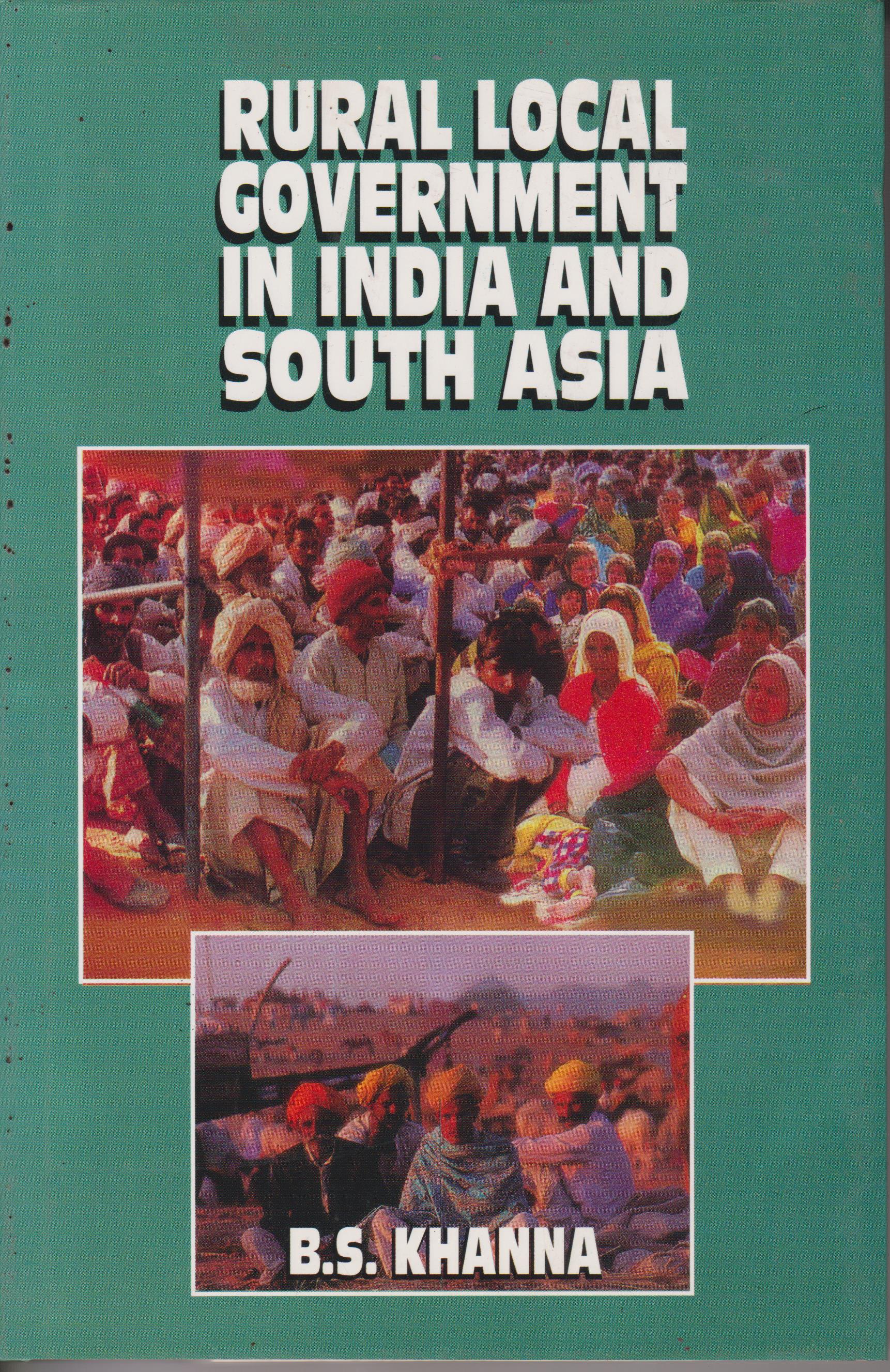
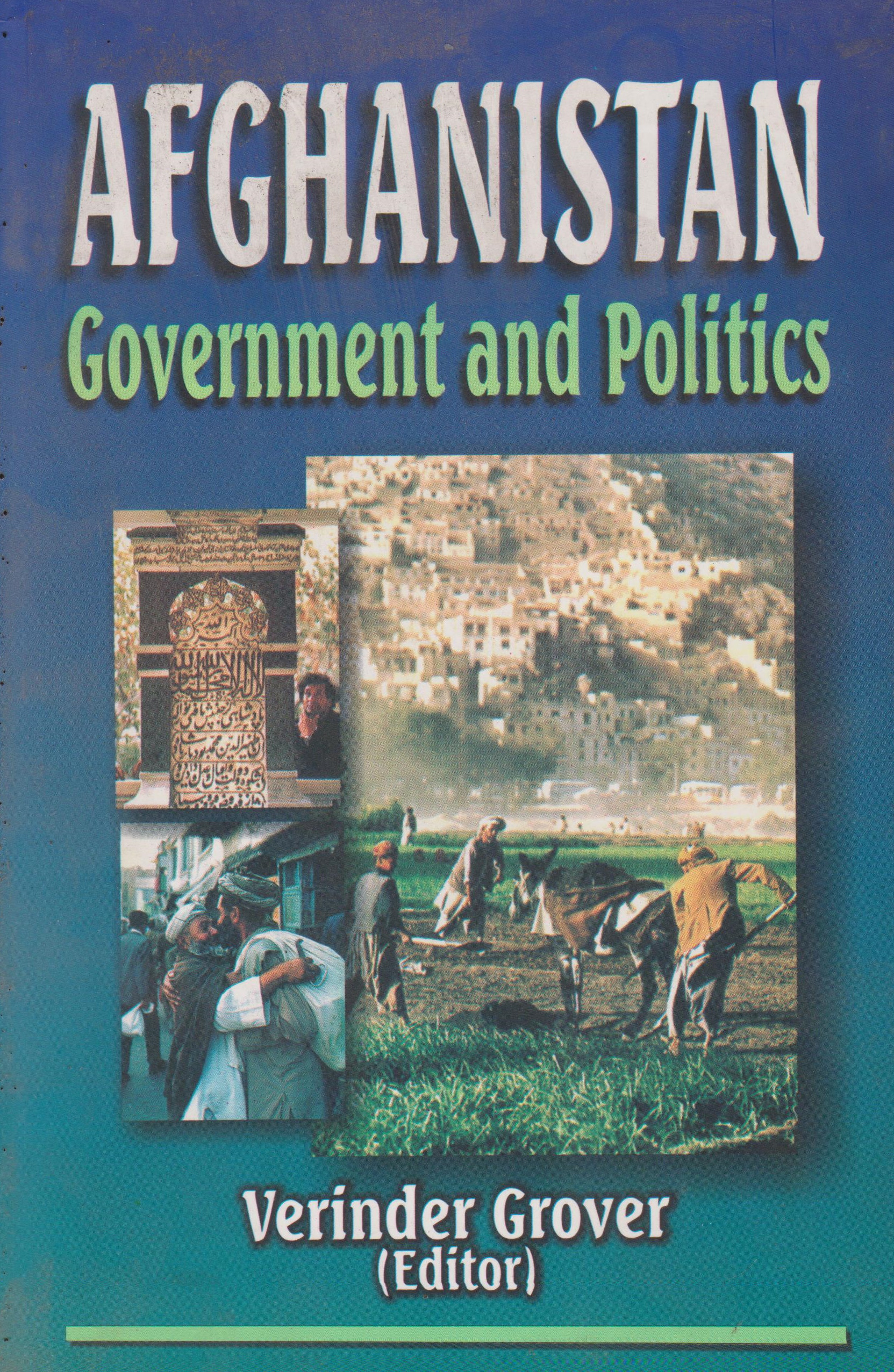
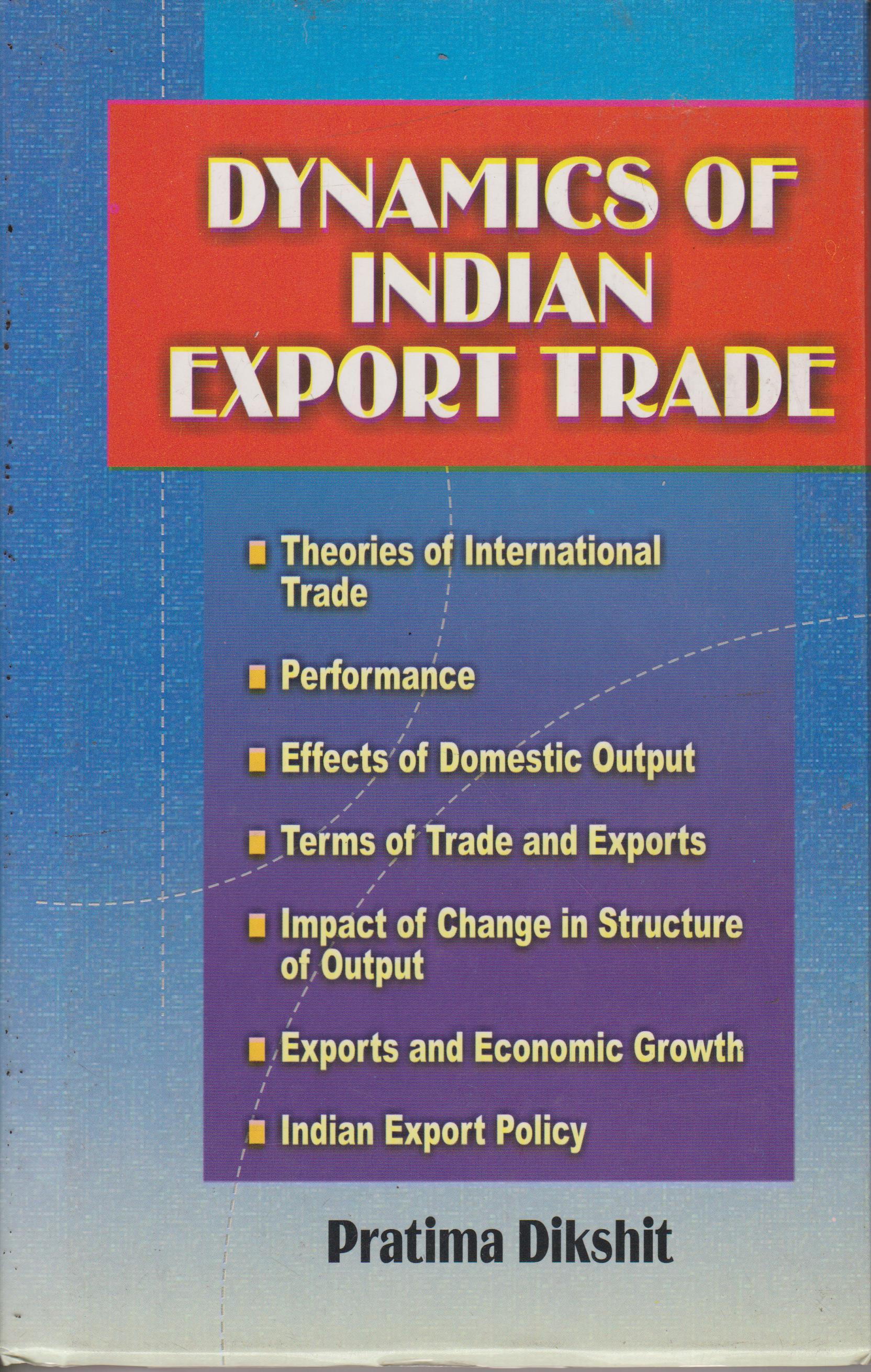


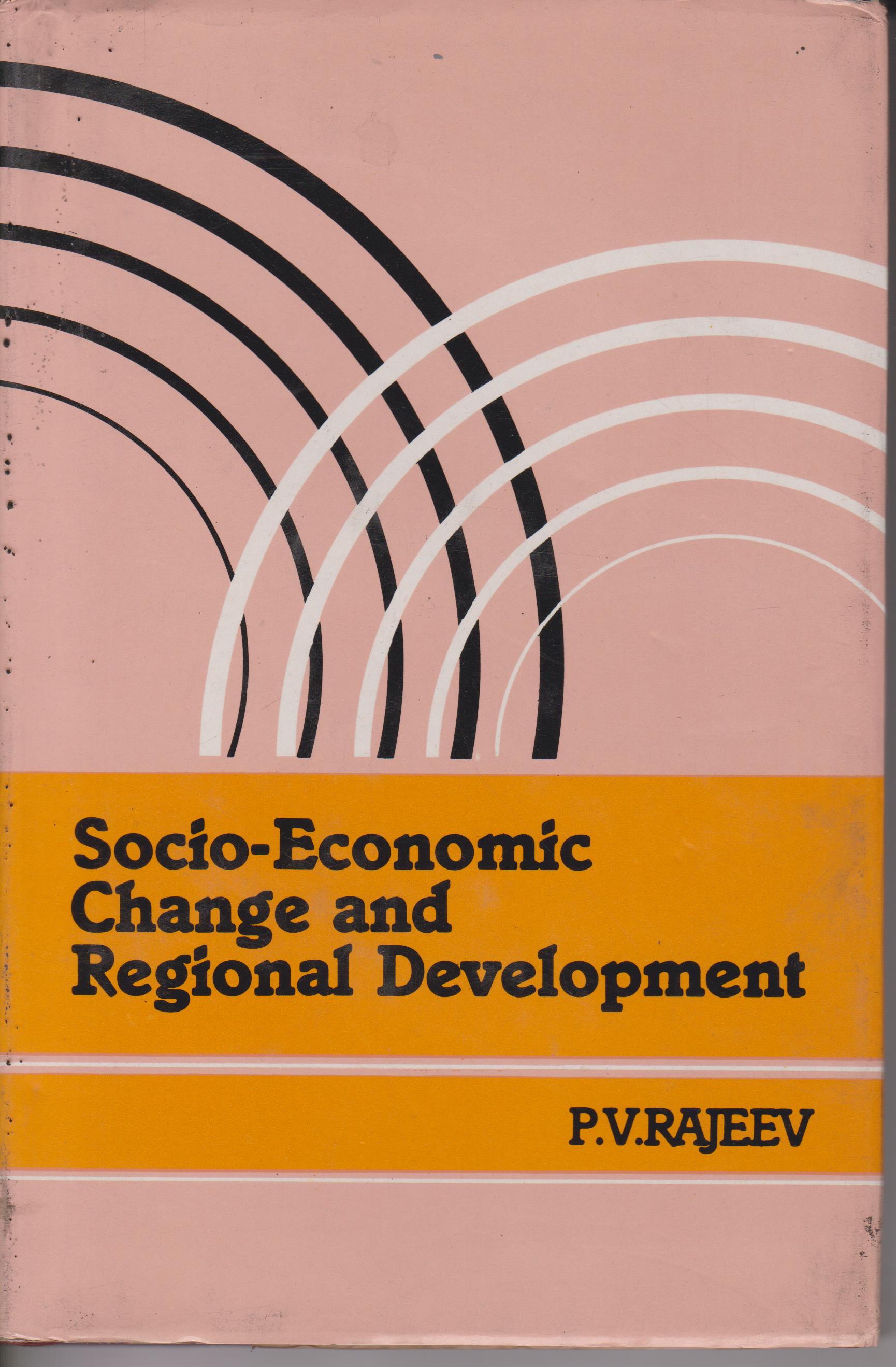
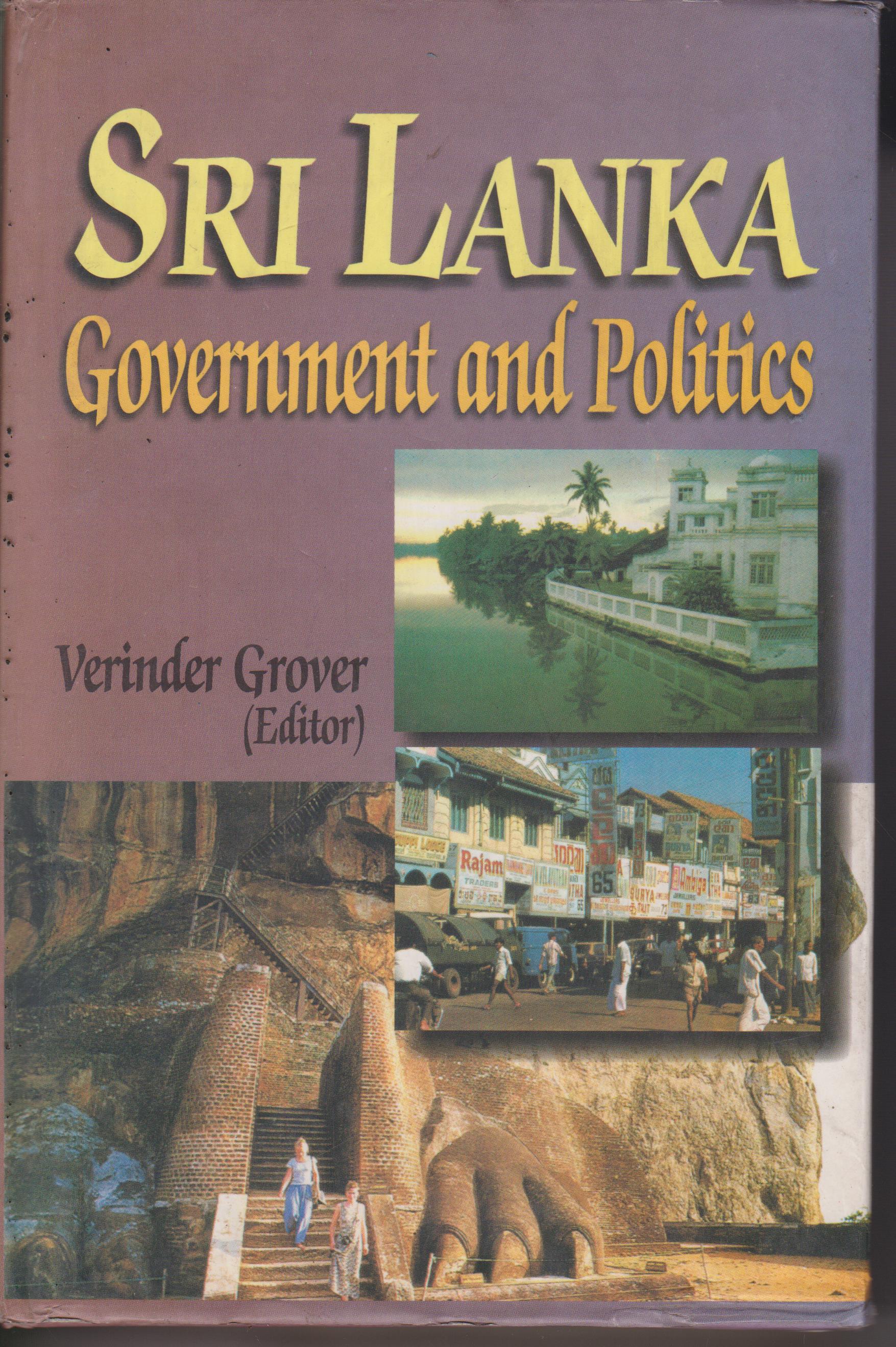

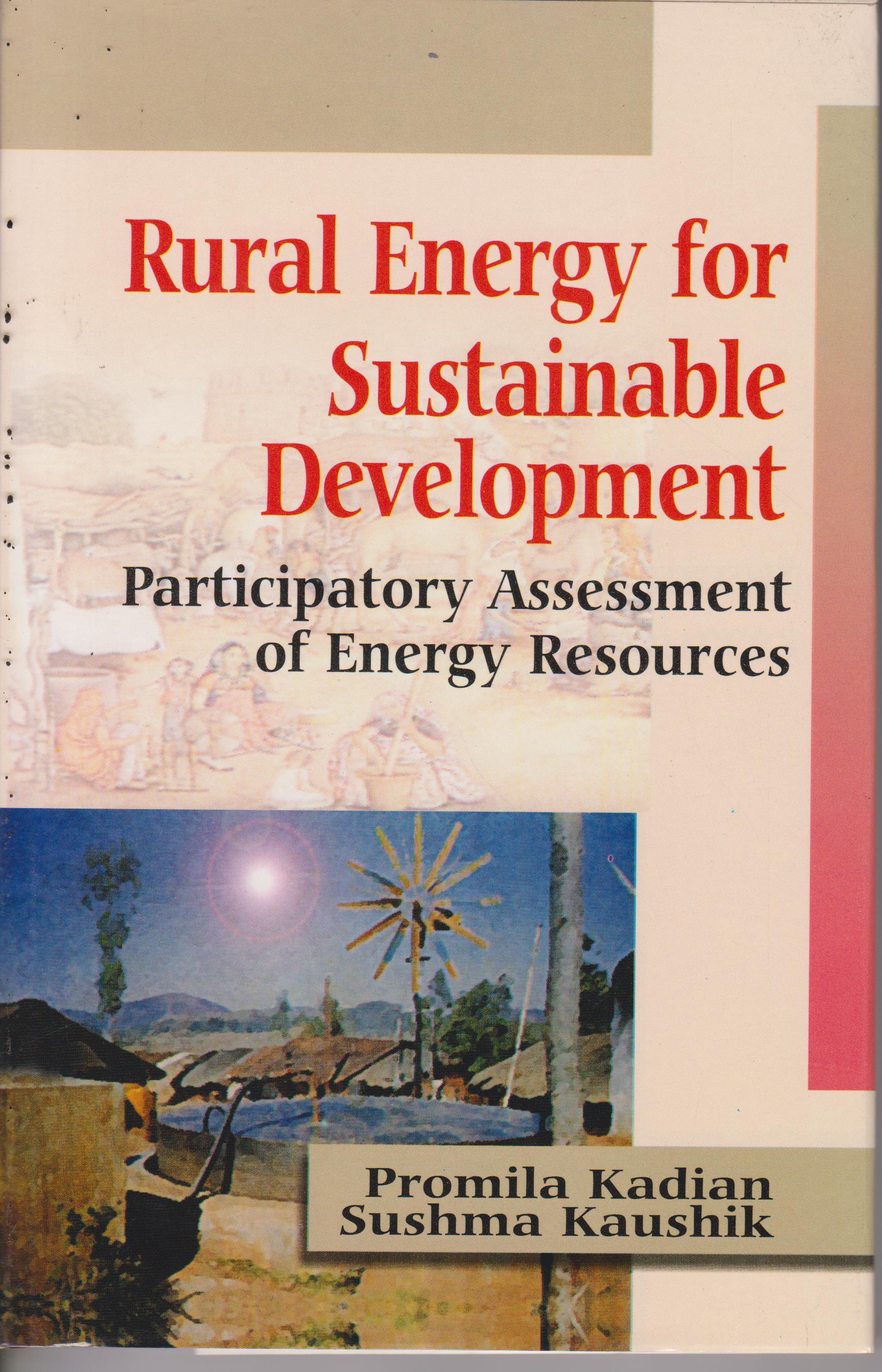

Reviews
There are no reviews yet.